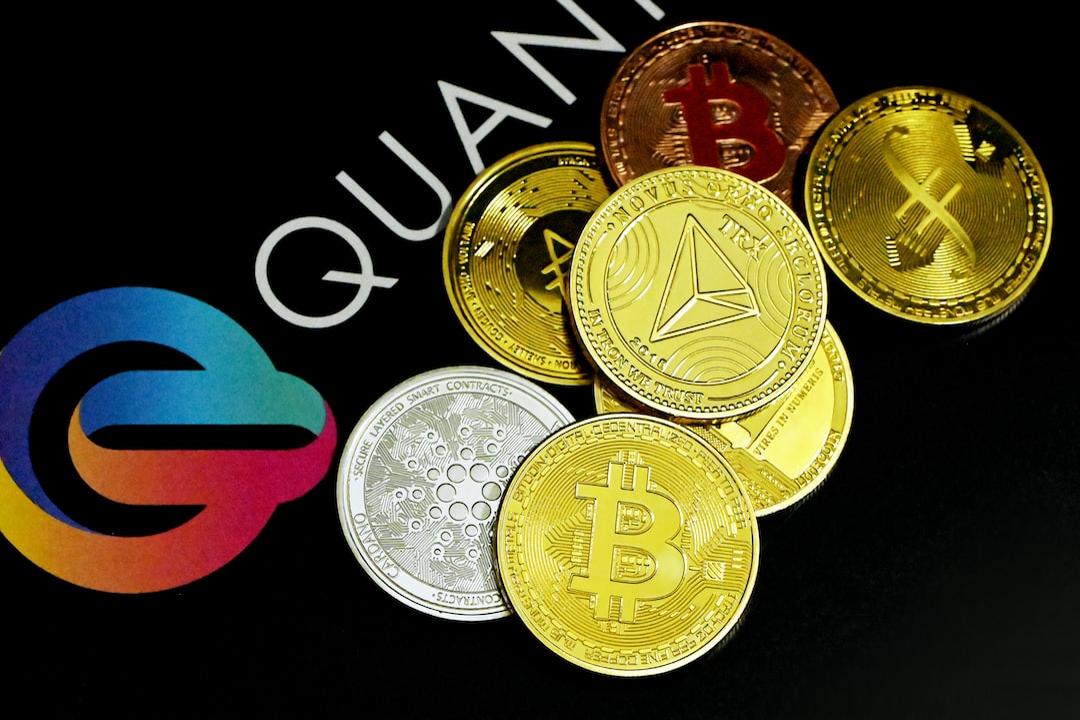
The world of prediction markets is being transformed by on-chain technology, changing the way people predict outcomes in various fields like sports and finance. One such example is Azuro, a protocol for on-chain prediction markets that simplifies the process of creating and participating in prediction markets with its advanced tools, oracle solutions, and unique liquidity model. Dan Kaizer, the chief technology officer and core contributor of Azuro, shares insights on the current state of on-chain prediction markets, the distinctive features of Azuro’s protocol, and the future potential of this dynamic industry, including details on Azuro’s recent funding, partnerships, and the upcoming token generation event for the AZUR token.
Cointelegraph: What exactly are on-chain prediction markets and how do they function?
Dan Kaizer: Throughout history, humans have sought to predict outcomes in various areas such as weather, stocks, sports, finance, and politics. Normally, when you want to bet on the outcome of an event, you would use an intermediary to match your prediction with a counterparty. However, with blockchain technology, there is no need for intermediaries as all transactions are executed through smart contracts.
Running prediction markets off-chain can be challenging due to high development costs, obtaining accurate information, and ensuring liquidity. Azuro’s on-chain model simplifies these essential aspects, making it easier for entrepreneurs to enter the market and focus on user acquisition and retention.
For end-users, utilizing the Azuro protocol means that all terms are enforced by smart contracts, eliminating any risks of manipulation.
CT: How does Azuro differentiate itself in the on-chain prediction market? What makes Azuro stand out?
DK: One of the key challenges we addressed at Azuro is liquidity. We have introduced a peer-to-pool model that efficiently distributes liquidity across different markets without exposing liquidity providers (LPs) to excessive risks. This eliminates the need for LPs to manually create markets or take on specific risks.
Azuro operates on a permissionless basis, with all transactions and market activities governed by smart contracts, ensuring transparency for all parties involved.
Since its launch, over 28 applications have utilized Azuro’s protocol, attracting more than 27,000 unique users and facilitating over 4 million transactions. The protocol has generated volumes exceeding $360 million to date.

Source: Dune
Azuro is compatible with any Ethereum Virtual Machine (EVM) blockchain, integrating networks that understand the complexities of on-chain prediction markets. Its expanding ecosystem has propelled it to become one of the fastest-growing protocols on Gnosis and a revenue leader on Polygon PoS.

Source: Azuro
CT: Azuro recently secured significant funding from prominent venture capital firms. Can you provide details about this funding round and how you intend to use the funds?
DK: In April of this year, we announced the successful raise of $11 million, with support from leading contributors like SevenX Ventures, Fenbushi Capital, Arrington Capital, Polymorphic Capital, Red Beard Ventures, Dewhales, and G1 Ventures. The funds from this round will be used to accelerate ecosystem development and expand Azuro’s offerings within the predictions industry. The goal is to explore untapped niches that could generate substantial revenue for Azuro-run businesses.
CT: Azuro has partnered with Chiliz to boost the adoption of on-chain sports prediction markets. Can you elaborate on this collaboration’s impact on Azuro and the sports prediction market?
DK: The partnership between Azuro and Chiliz aims to accelerate the adoption of on-chain sports prediction markets, providing millions of fans worldwide with opportunities to support their favorite teams and athletes through transparent prediction apps. Azuro has added support for Chiliz Chain, allowing developers to create apps using the combined infrastructure. This collaboration benefits both platforms by allowing users to transact with the blockchain’s native token, CHZ.
CT: With over 25 apps currently operating on Azuro, how have you attracted and supported developers and projects to build within your ecosystem?
DK: Attracting the initial apps was a challenge, but once successful examples like bookmaker.xyz and Bookiebot emerged, interest grew. Creating a clear process for developers to work with Azuro was crucial, along with providing high-quality documentation. Building a developer community on Discord and having a dedicated developer relations (DevRel) team have also been instrumental in supporting developers within our ecosystem.
CT: Azuro is gearing up for the token generation event (TGE) for the AZUR token. What can you share about this upcoming event and its significance for Azuro?
DK: The TGE is a significant event for Azuro, marking a major step towards decentralizing the governance of our protocol. AZUR token holders will have the ability to vote, stake, and receive benefits as the ecosystem expands. In addition to its utility within the protocol, the TGE can attract more attention to the project, potentially increasing volumes on the protocol and launching more applications.
CT: Looking ahead, how do you envision the future of on-chain prediction markets?
DK: The global online prediction market is projected to reach $137 billion by 2029. If even 20% of this market shifts to on-chain platforms, it represents a $20 billion opportunity. This shift is driven by the advantages that on-chain solutions like Azuro offer over traditional prediction markets. I anticipate a growing number of users across platforms as people seek better conditions for prediction activities.
For Azuro, our focus is on continual evolution to meet the needs of builders and users. We are exploring the launch of a native Ethereum layer 2 optimized for on-chain prediction applications, opening up new business verticals for entrepreneurs and enhancing monetization opportunities.
Learn more about Azuro
Disclaimer: Cointelegraph does not endorse any content or product on this page. While we strive to provide accurate information in this sponsored article, readers should conduct their research before making any decisions related to the company and assume full responsibility for their actions. This article should not be considered investment advice.

